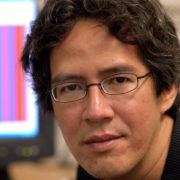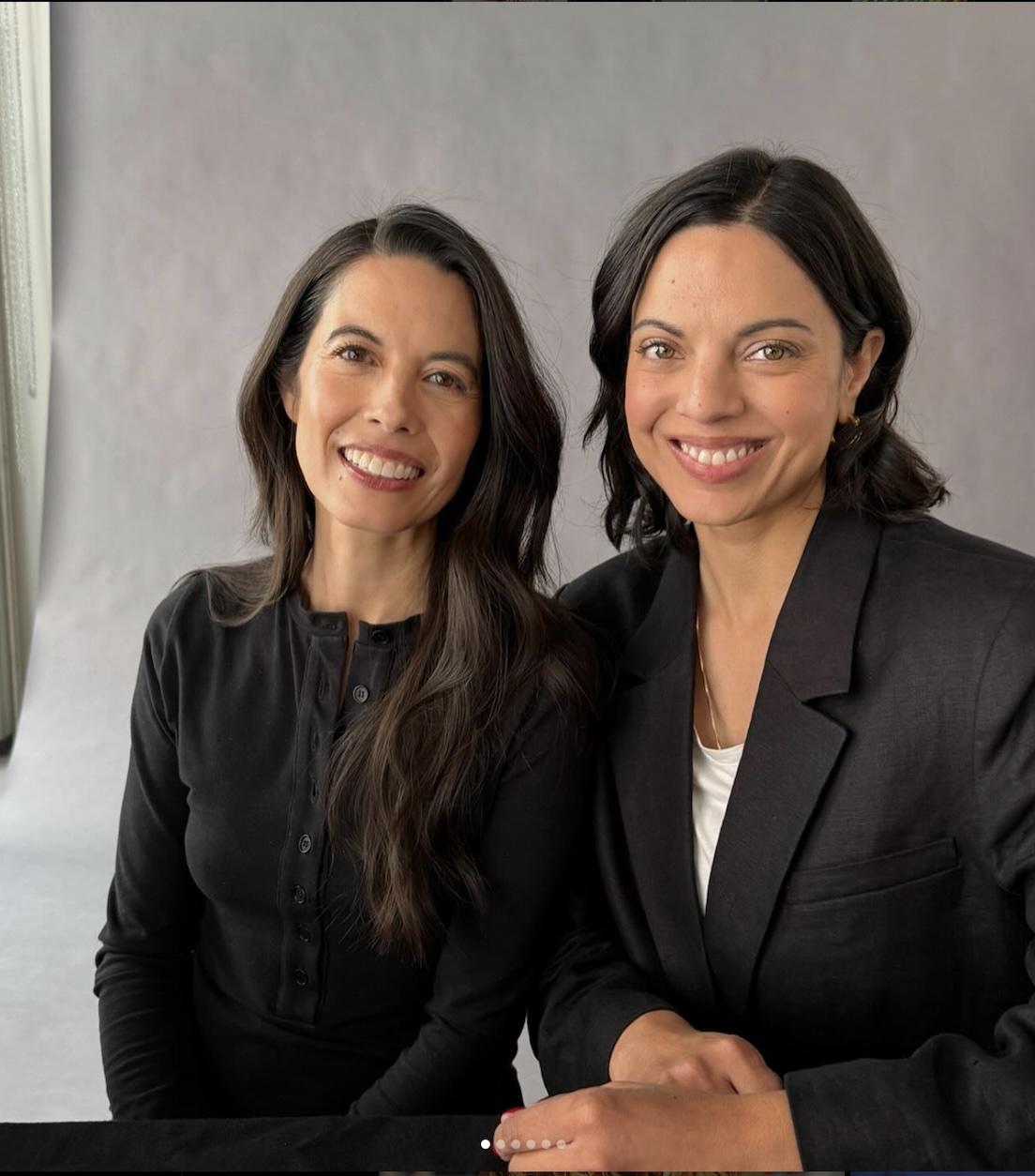WHAT started out as a possible excuse to go back to the Philippines brought international recognition and honor for a Filipino-American instead.
A scientist, genetic engineer, professor, researcher, and evolutionary biologist, Dr. Michael D. Purugganan has uncovered the secrets of rice that has made him a leading authority on the subject.
His work documented the origin and spread by selection of the genetic mutation that produced sticky rice.
In a 2011 paper in the US Proceedings of the National Academy of Sciences, his research group provided evidence from genomic data that, contrary to previous theories that rice was domesticated twice in China and India, rice was most likely domesticated only once. This controversial finding was widely reported in the popular press as it disputed the common belief that the two sub-species of Asian rice, japonica and indica, may have come from two sources – China and India.
Intimate with rice
In an earlier interview with The Fil-Am, Michael shared how his interest in rice research started.
“Very interesting story actually. I was at North Carolina, involved in plant evolution. We’ve been studying the origin of crop species looking at origins of cabbage, broccoli, etc. I wanted to find an excuse to go home to the Philippines. I looked at one of the post-doc researches in my lab and said let’s look at the project. One thing I was interested was sticky rice or ‘malagkit’ which is all over Asia. We knew from past research the gene mutation that gives it its stickiness. I said let’s look at it and study it,” recalled Michael.
That particular research was just one of his multiple studies on the Asian staple. There are others currently being developed in his laboratory at NYU or in collaboration with other academic researchers.
When asked why he concentrated on rice, Michael said it is for two reasons: He wants to keep his connection with this important Philippine crop and also because he is a voracious consumer.
“I’m intimate with rice,” he said. “Rice is one of the most important food crops in the world. It provides a third to half the calories consumed in the world. It’s grown primarily for food. There’s a huge international interest in it. For a long time, I’ve been interested in studying major crops in the world and how they originate, how did they evolve. Rice, from the point of view of genomists, is very good because it has very few genomes and we can read the entire genome very easily.”
Purugganan is a leading authority on plant molecular evolution and genomics, and has published over 100 research papers. His work encompasses the study of plant transposable element evolution, the diversification of regulatory gene families, evolution of development, molecular population genetics, the domestication of crop species and microbial social evolution.
Origins and career
Dr. Michael Purugganan was born in Manila, Philippines in 1963. A former journalist, he is currently the Dorothy Schiff Professor of Genomics and Professor of Biology at New York University (NYU). He is the Dean for Science of NYU starting summer of 2012. He is also an affiliated faculty and the co-director of the Center for Genomics and Systems Biology at NYU Abu Dhabi. He served as the associate director of the NYU Center for Genomics and Systems Biology in New York City from 2010 to 2012.
Dr. Purugganan is a leader in the field of evolutionary and ecological genomics and his work focuses on identifying the molecular basis for evolutionary adaptations that occur in nature.
Prior to joining the NYU faculty in 2006, he was the William Neal Reynolds Distinguished Professor of Genetics at North Carolina State University, where he also won the Outstanding Faculty Research Award and the Sigma Xi Research Prize. He is the recipient of an Alfred P. Sloan Foundation Young Investigator Award, a Guggenheim Fellowship, is a Kavli Fellow, and in 2005 was elected a Fellow of the American Association for the Advancement of Science. Dr. Purugganan is on the editorial boards of the journals Genome Biology and Evolution, Molecular Ecology, Trends in Plant Science and the Annual Review of Ecology, Evolution and Systematics.
Education and awards
Purugganan studied chemistry as an undergraduate at the University of the Philippines in the early 1980s, while working as features editor for the student newspaper The Philippine Collegian.
In the wake of the assassination of Philippine opposition leader Benigno Aquino, Jr. in 1983, Purugganan helped lead the initial news coverage in the Philippine Collegian documenting the events that eventually led to the downfall of the Ferdinand Marcos dictatorship. After leaving the Collegian, he continued to be active in journalism, working as a news stringer for Time, Newsweek and the Associated Press. In 1984, Michael was offered a position as a foreign correspondent for the Associated Press Manila Bureau, but had to decline as he still had to complete his university studies.
After finishing his undergraduate work in the Philippines, Michael moved to New York City in 1985, and studied at Columbia University, where he obtained an MA in Chemistry. At Columbia, he contributed to the discovery that photoexcited electrons can move along the DNA strand, which was published in the journal Science.
In 1993 he graduated with a Ph.D. in Botany (minor in Global Policy) from the University of Georgia, where he studied the effects of transposable element “jumping genes” on the evolution of gene structures and showed that regulatory genes evolve quite rapidly at the molecular level.
Upon completion of his Ph.D. he was awarded an Alfred P. Sloan Foundation Fellowship at the University of California, San Diego from 1993 to 1995.
In 1995, he joined the faculty of North Carolina State University, where in 2005 he was named the William Neal Reynolds Distinguished Professor. His scientific contributions during this period include the first comprehensive molecular evolutionary analysis of the plant MADS-box developmental gene family in plants. He also used these regulatory genes to show that the iconic Hawaiian silversword alliance evolved from an interspecific genetic cross between two California species about 6 million years ago.
He was also instrumental in promoting the use of the model plant Arabidopsis thaliana to study evolution, quantitative genetics and ecology, publishing some of the first studies of DNA sequence diversity and the genomic mapping of natural phenotype variation in this species.
In 2006, he joined the faculty of New York University, where his work has focused on the study of the evolution of domesticated species, particularly rice.
Michael has been on the editorial boards of several journals, including Molecular Biology and Evolution, Trends in Plant Science, Annual Review of Ecology, Evolution and Systematics, Molecular Ecology, and Genome Biology and Evolution.
He also serves on the international scientific advisory boards of the Philippine Genome Center and the US Compositae Genome Project.
Michael has numerous awards, including an Alfred Sloan Young Investigator Award (1997–2002) and a Guggenheim Fellowship (2006–2007). He was elected a Fellow of the American Association for the Advancement of Science in 2005 and in 2011 was a Kavli Frontiers of Science Fellow of the Kavli Foundation and the US National Academy of Sciences. While at NC State, he was honored with the Alumni Outstanding Faculty Research Award (2003) and the Sigma Xi Prize (2003).
In 2011, he was cited for Excellence in Science and Technology by the Ayala Foundation USA/PhilDev Foundation.
Grounded in his roots
In an exclusive interview with the Asian Journal, Michael shared how his being Filipino influenced his successful life and career. “While as a scientist I take a global worldview, several of my research projects are done in collaboration with scientists or laboratories in the Philippines. In fact, some of my research, such as my current interest in rice, stems from growing up in the Philippines where rice was a major staple. I think that my unique perspective – growing up in Manila – has shaped who I am as a scientist. But even beyond that, even as I work in the US, I still think of myself as a Filipino. While I have an international outlook as a person, it is grounded in my roots in the Philippines, ” shared Michael.
What have been the challenges you faced as you worked towards success in your profession and how have you overcome them? “Just leaving home to study and establish myself in the US was a great challenge. We come from such a distinct culture, and while we may think we know American culture, there are a lot of subtleties you have to get used to. But this challenge makes us stronger – it gives us the ability to be comfortable in different cultures, which is increasingly important in today’s global village,” Michael said.
Living in Greenwich Village in Manhattan, Michael is married to Alessandra Gonzalez Pena, a New Yorker with Spanish and Dominican roots, who works as a consultant to UN organizations and international NGOs.
This outstanding Fil-Am scientist gives this advice to his kababayans: “My advice is the same things many say – to work hard, but also to set high standards for ourselves. Those of us who have gone to the US or elsewhere in a sense are challenging ourselves to see if we can compete in a world stage. It forces us to really push ourselves, and so we have to rise to that challenge. The other advice I would give is that while remaining rooted in our own culture, make sure you take the time to really experience other cultures. Expanding your horizons is important as we make our way in the US and abroad!”







